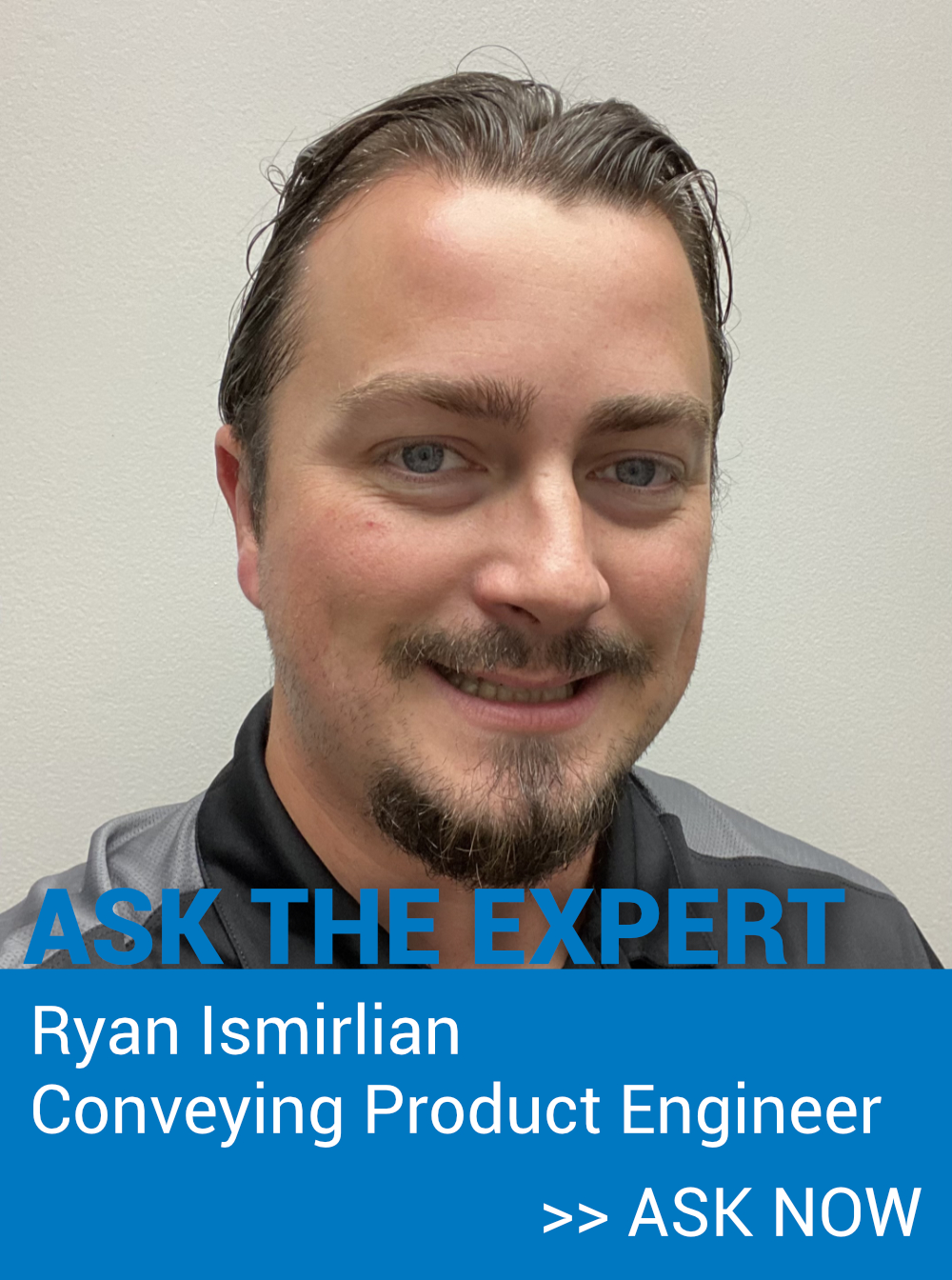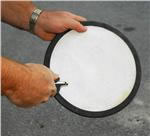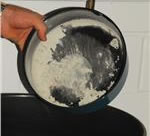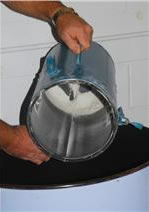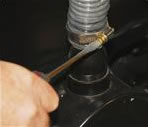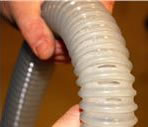Central System Maintenance
A well-designed, properly installed resin conveying system is a real asset and will pay significant dividends. Following good maintenance practices will maximize performance and up time. Keep an inventory of the manufacturer's recommended spare parts. Follow a regular maintenance schedule to ensure efficient performance of the individual components and high system efficiency will follow.
The obvious first rule is to follow the maintenance recommendations of the manufacturer but here are some general tips on maintaining system components.
If you want to avoid the most common problems you should do these five things regularly:
- Clean filters in loaders regularly.
- Clean pump filters and empty catch pans.
- Empty the catch pan under cyclone dust collectors regularly.
- Make sure that you are feeding clean dry compressed air to components like Vacuum Loaders, Station T's, Proportioning Valves, Purge valves and anything else that depends on compressed air for smooth operation.
- Keep hose clamps tight to avoid vacuum leaks.
- Watch for wear spots and holes in flexible hose and replace to avoid vacuum leaks.
Here are some recommendations for specific pieces of equipment:
Vacuum Pumps
There are several types of vacuum pumps including regenerative blower pumps, positive displacement vacuum pumps and ultra high efficiency long-distance pumps.
The common maintenance procedures are:
- Make sure hose connections are tight
- Keep filters clean
- Check oil levels (if applicable) and top off as required
- Verify that the gauge on the vacuum pump is reading between 5 and 9 in. of Hg while the system is running.
Vacuum Receivers
- Clean filters regularly (if applicable)
- Ensure that there are no air leaks around hoses and gaskets
Station T Valves
- Keep hose connections tight
- Ensure that clean dry compressed air is being used(Install compressed air filters if necessary)
Proportioning Valves
- Keep hose connections tight
- Inspect gaskets for wear
- Ensure that clean dry compressed air is being used (Install compressed air filters if necessary)
Take-Off Boxes/Purge Valves
- Clean ambient air intake filters
- Ensure tight connections with no air leaks
- Keep material probes at least 50% open to ensure proper material flow
- Inspect gaskets where applicable
Hose and Tubing
- Inspect for air leaks and holes
- Make sure end caps are in place on any unused lines
Level Sensors
- Inspect and tighten to ensure proper placement
Cyclones
- Inspect and empty catch bins regularly


